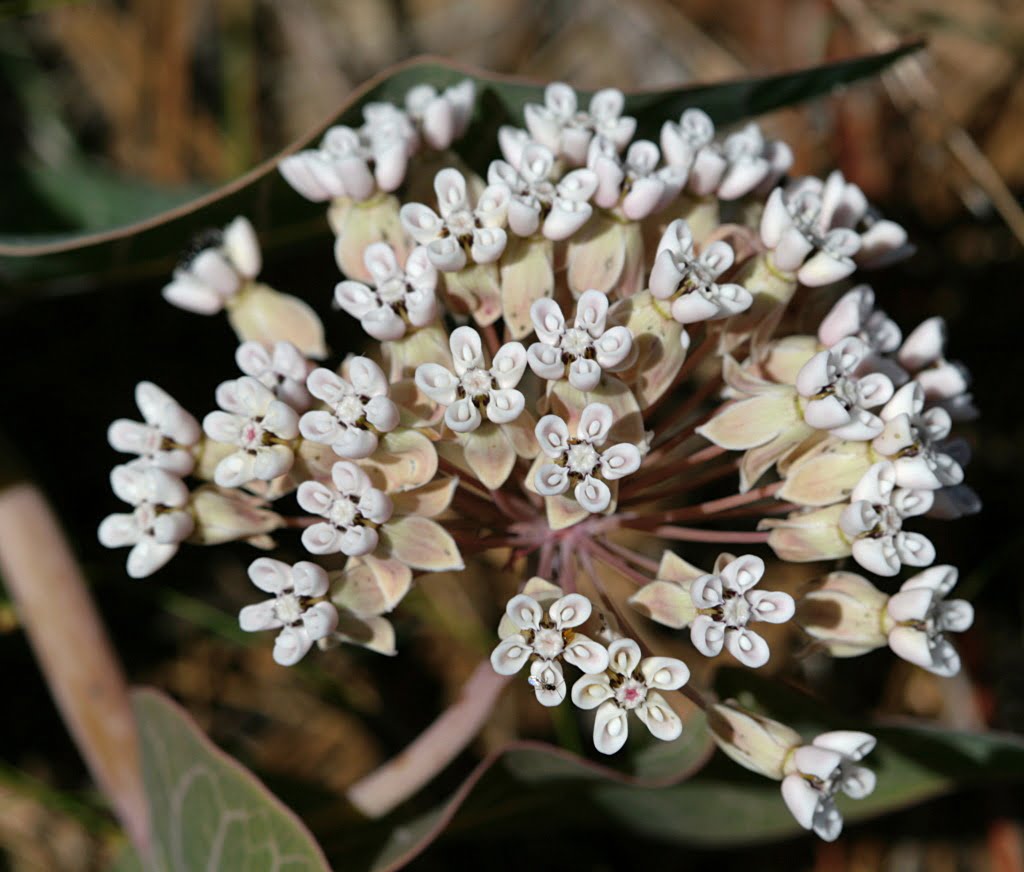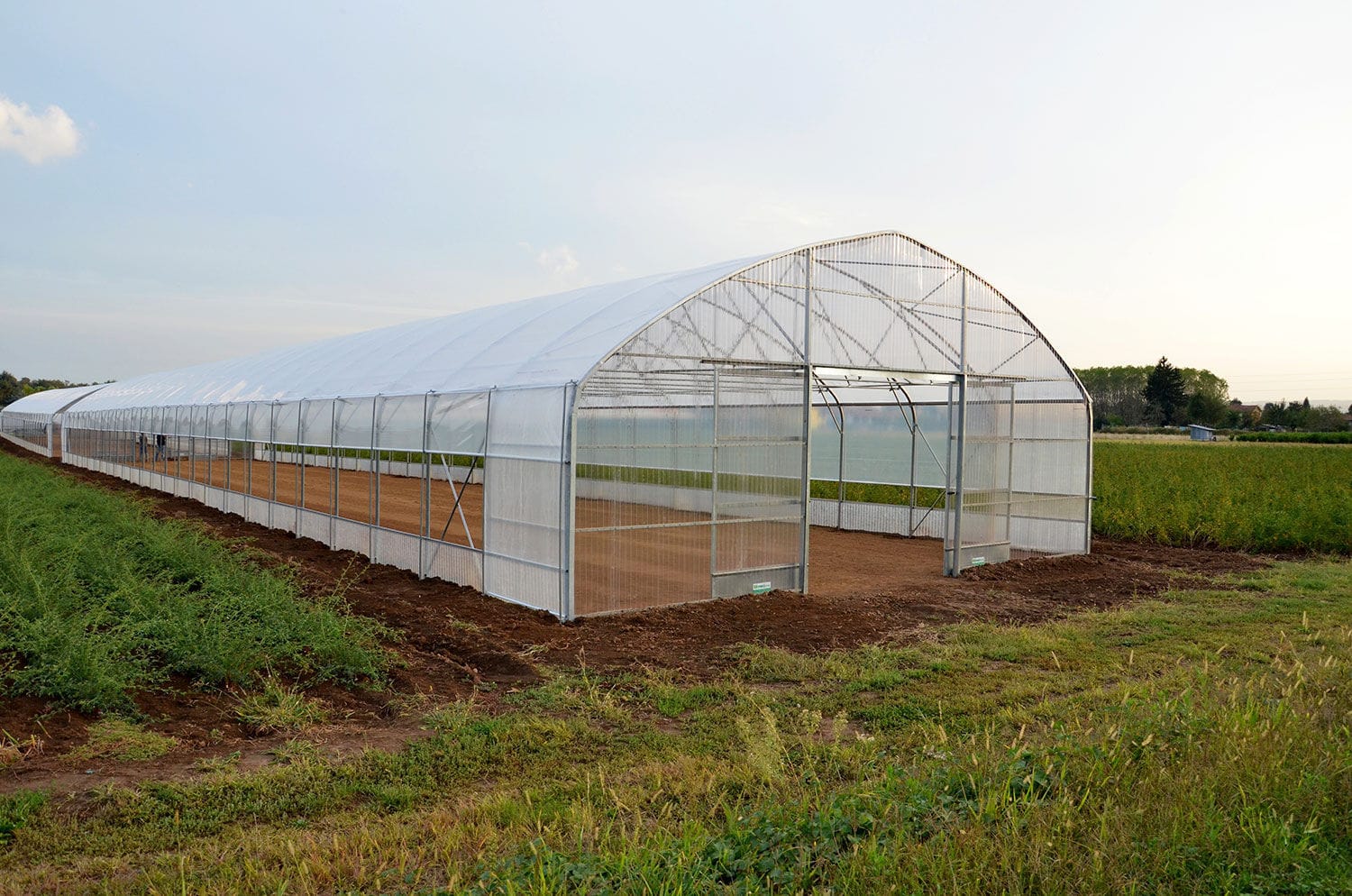Asclepias humistrata, commonly known as Pinewoods or Sandhill Milkweed, is a native plant species that plays a crucial role in supporting pollinators, especially monarch butterflies.

10 Sandhill Milkweed Seeds Ascslepias Humistrata Pinewood Milkweed Florida-Native
With Johnny Butterflyseed’s Sandhill Milkweed seeds, you’re not just planting flowers; you’re cultivating a living mosaic of nature’s marvels. 10+ Florida Native seeds.
If you’re a commercial growing operation or native nursery germinating Asclepias humistrata, here are some recommended methods:
- Cold Moist Stratification: Many native milkweed species, including Asclepias humistrata, benefit from a period of cold stratification to break seed dormancy. Mix the seeds with a moist substrate like vermiculite, perlite, or a damp paper towel. Place the mixture in a plastic bag or container and refrigerate it for 4-6 weeks at around 40°F (4°C). This is not necessary for Johnny Butterflyseed Sandhill Milkweed Seeds which originate from Zone 9.
- Pre-sowing Treatment: After the cold stratification period, some commercial nurseries find it helpful to scarify the seeds slightly to improve germination rates. Lightly nick the seed coat with a file or use a small amount of sandpaper to create tiny abrasions. This process helps water penetrate the seed coat and enhances germination.
- Germination Medium: Asclepias humistrata prefers well-draining, sandy soil. Prepare a germination medium by mixing equal parts of sterile potting soil, perlite, and sand. Fill trays or pots with the mixture, leaving some space at the top.
- Sowing Seeds: Sprinkle the scarified seeds over the germination medium, ensuring they are evenly distributed. Lightly press the seeds into the soil surface, but avoid burying them too deep. The seeds need to be 1/4″ deep. Tweezers work well for consistent insertion. Asclepias humistrata seeds require exposure to light for germination, so do not cover them with additional soil.
- Watering and Care: Gently water the trays or pots to ensure the soil is evenly moist but not waterlogged. Maintain a consistent level of moisture throughout the germination period. Avoid overwatering, as excessive moisture can lead to seed rot.
- Germination Environment: Place the trays or pots in a warm and well-lit area with indirect sunlight. A temperature range of 70-85°F (21-29°C) is generally suitable for germination. You may consider using a heat mat to provide bottom heat, which can improve germination rates.
- Germination Period: Asclepias humistrata seeds can take several weeks to germinate, so patience is key. Keep monitoring the trays or pots regularly for signs of germination, which typically involves the emergence of small seedlings.
- Transplanting: Once the seedlings have grown a few inches tall and developed a good root system, they can be transplanted into individual pots or larger containers. Use a well-draining soil mix suitable for native plants.
- Hardening Off: Before planting the seedlings outdoors, gradually acclimate them to outdoor conditions over a week or two. Start by placing them in a sheltered area for a few hours a day, gradually increasing their exposure to direct sunlight and outdoor elements.
Remember, native plant propagation can be a complex process, and success rates may vary depending on various factors such as seed age, environmental conditions, and nursery expertise. It’s always helpful to consult with local experts or native plant nurseries for specific guidance tailored to your region.

The Adventures of Johnny Butterflyseed – Author Signed First Edition Children’s Book
Save the monarchs!
Johnny Butterflyseed and his fairy friend, Raven Silverwing, embark on a mission to save the rapidly disappearing butterflies. They enlist the help of Queen Venus Goldwing and her kingdom of monarchs to educate and inspire kids to become butterfly farmers. At first, Johnny faces his own internal struggle with self-doubt and fear in his ability to make a difference, but then soon develops a mindset that allows him to not only get started, but also make progress one day at a time. Through challenge after challenge, Johnny learns that he is not alone in his mission and that there are many people who want to help. Together, Johnny, Raven, and Queen Venus educate thousands of children on becoming butterfly farmers.
